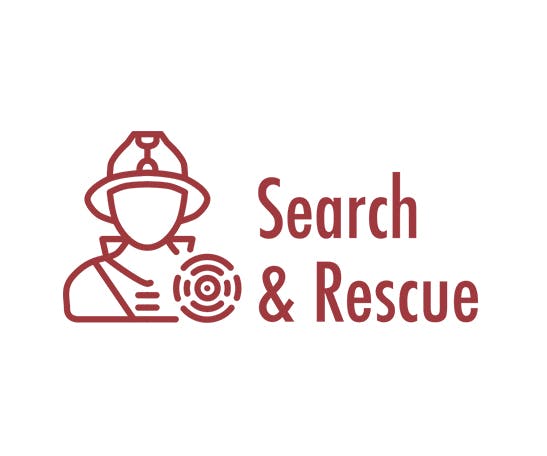
- Homepage
- Search and Rescue
Search and Rescue
Emerging technologies for the Early location of Entrapped victims under Collapsed Structures and Advanced Wearables for risk assessment and First Responders Safety in SAR operations

Apart from earthquakes that usually result to catastrophic structural collapses, with many people entrapped or killed (e.g. Indonesia 2018, Japan 2011, Haiti 2010, Italy 2009, Greece 1999), there are also other causes that may result into a building’s collapse, such as an accidental explosion or a terrorist attack (e.g. 9/11) in public areas or critical infrastructures (airports etc.).
Moreover, natural disasters like earthquakes may trigger technological disasters, such as industrial chemical release or even fires; this dynamic or “domino effect”, as it is called may pose tremendous risks to the countries and communities and hence it is a great challenge to cope with by the first responders and relevant organizations of civil protection. First responders and rescuers need specialized instrumentations, available to all times, easily accessible that meet stringent requirements in terms of detection accuracy, quick localization, and reduction of false alarms.
The S&R project will design, implement and test through a series of large scale pilot scenarios a highly interoperable, modular open architecture platform for first responders’ capitalising on expertise and technological infrastructure from both COncORDE and IMPRESS FP7 projects. The governance model of S&R will be designed to operate more effectively and its architectural structure will allow to easily incorporate next generation R&D and COTS solutions which will be possibly adopted in the future disaster management systems. The Model will also support a unified vision of the EU role and will provide a common framework to assess needs and integrate responses. The framework will enable supportive approach using a wider range of decisional support features and monitoring systems and will also give to first responders an effective and unified vision of (a) the dynamic changes going on during event’s lifetime and (b) the capabilities and resources currently deployed in the field.




